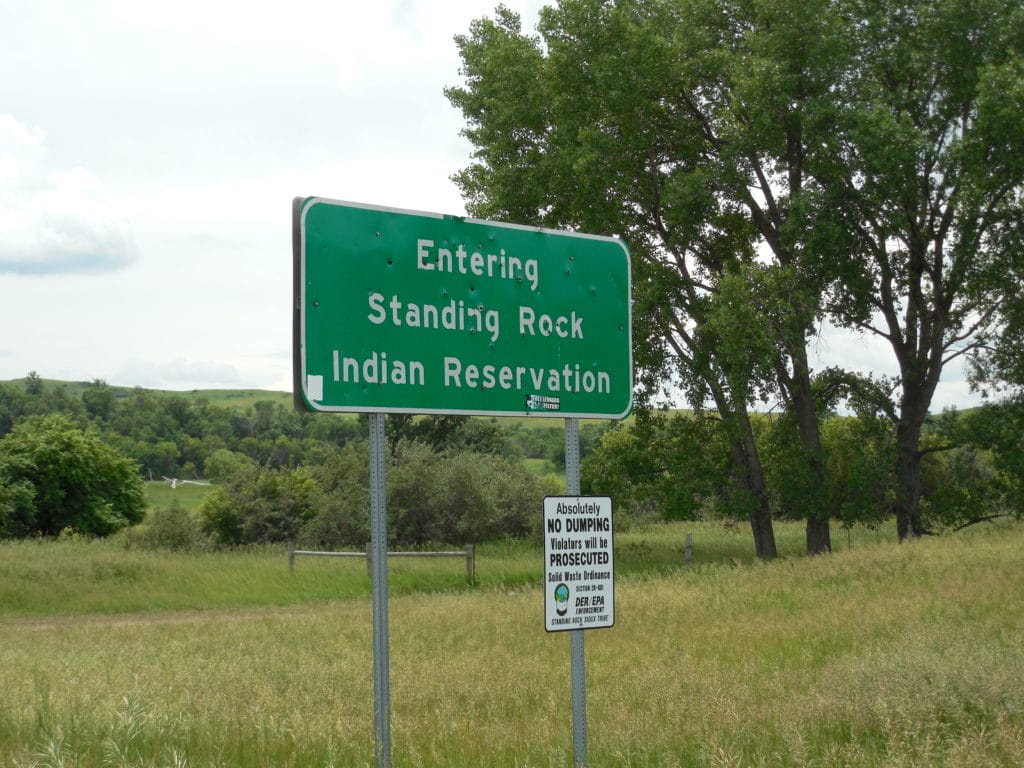‘Every Voter Matters’: A Peek Inside the New Issue of The Flame

In the following piece featured in the summer issue of the Flame magazine, Andrew Vosko—who directs the Transdisciplinary Studies Program and serves as Associate Provost at CGU—describes how last fall’s midterm elections offered a chance to see CGU’s Transdisciplinary philosophy in action
Visit here to read more of the summer issue of the Flame online.
***
“I don’t think I’ve ever heard that term before.”
When I’m traveling, I have a pretty standard banter that I use on airplanes. After learning about my neighbor’s line of work, I try to explain mine, and usually there’s a pregnant pause. Sometimes a blank stare. I’m the director of the university’s Transdisciplinary Studies Program, and “transdisciplinary” is one of those terms that hasn’t entered the lexicon of in-flight conversations.
The term first appears in academic literature in 1970 and was coined by Swiss psychologist Jean Piaget. There is a lot to explain to my neighbor—who probably didn’t realize what was involved in my forthcoming explanation—and my flights are often filled with animated hand gestures and anecdotes that illustrate examples of transcended disciplines, transformed worldviews, and transgressed limits when individuals from very different backgrounds get together to make positive changes in the world.
What does transdisciplinarity look like like? Last fall’s midterms provide an excellent example.
One of these anecdotes refers to a project that took place at CGU last fall as the nation was watching.
You may have read or saw coverage in a variety of media outlets, from The New York Times and The Washington Post to CNN and MSNBC. Two of our faculty—Jean Schroedel, a professor of political science, and Brian Hilton, a professor of information systems and technology—collaborated with Four Directions, a Native American voting rights organization, to make sure that Native American voters in North Dakota were permitted access to vote in the 2018 midterm fall elections.
A month before the elections, on October 9, the U.S. Supreme Court made a decision not to intervene in a new North Dakota law requiring voters to present proof of their residential street addresses at polling centers. This law prevented thousands of Native American voters from casting their ballots because many live on reservations without street addresses.

The high court’s decision not to become involved prompted a phone call from Four Directions to Schroedel, who has worked with the organization and has provided expert witness testimony in Native American voting rights cases over many years. (Four Directions is led by Bret Healy and O.J. Semans, who, along with his wife Barb, received honorary degrees from CGU in 2017 for their work in leading nonpartisan Native voter engagement, empowerment, protection, and rights—which are the four directions of the organization’s title—across the United States).
What do we mean when we say that research is transdisciplinary? One of its aspects, which distinguishes it from interdisciplinary or multidisciplinary research, is that non-academic actors are included on the research team. The scholarship at CGU around Native American voting rights is a powerful example of transdisciplinarity in action. The collaboration between CGU and Four Directions not only involved traditional academic knowledge, such as that in political science or policy, but also “target knowledge” (knowledge used to understand societal goals) and “transformation knowledge” (knowledge to bridge academic to target knowledge).
After Schroedel’s phone call with Four Directions, she contacted Hilton, an expert in geographic information systems, to expand the transdisciplinary team and tackle the voting obstacle posed by North Dakota law.
The clock was ticking, and Hilton spent hours upon hours, using maps and satellite technology to divide North Dakota’s large expanses of reservations into precincts, and then pinpoint and create addresses for residences within the reservations. With everyone working against the clock, Four Directions then used these street addresses to provide updated tribal ID cards for those living on reservations, permitting them to vote.



The collaboration was successful and impactful. The Native American voter turnout in the North Dakota midterm election was unprecedented. Four Directions was there to escort voters with tribal IDs at the polling station, ensuring that Native voters would be able to cast their ballots. While there was some early resistance at the polls, the addresses were eventually accepted and voters were able to cast their ballots across the state. Many non-profit organizations, tribal leadership, and our own community at CGU were on deck to respond if and when there was call. And after the voting ended, in an ironic twist suitable for a Hollywood screenplay, the sponsor of the North Dakota voter ID law lost his seat in the state legislature to Ruth Buffalo, the first female Native American Democrat to be elected to that office.
I consider myself lucky to be at an institution, possibly the world’s only institution, where transdisciplinarity is a core value—it’s in our DNA.
The collaboration with Four Directions has flourished on our campus with new course offerings, new opportunities for students to engage in research at the intersection of politics and activism, and a raised consciousness around our community for doing research that matters. I consider myself lucky to be at an institution, possibly the world’s only institution, where transdisciplinarity is a core value—it’s in our DNA.
Through the efforts of our students, faculty and alumni, we see examples of this transcendent, transformative, and sometimes transgressive work across our community all the time, reminding me of the potential in academic space to be both impactful and socially responsible. And as long as we continue to promote this transdisciplinary culture, we will continue to lead the way as an institution that brings people together to collaborate and make positive change in the world.
Interested in transdisciplinarity? Learn more about CGU’s Transdisciplinary Studies program here.